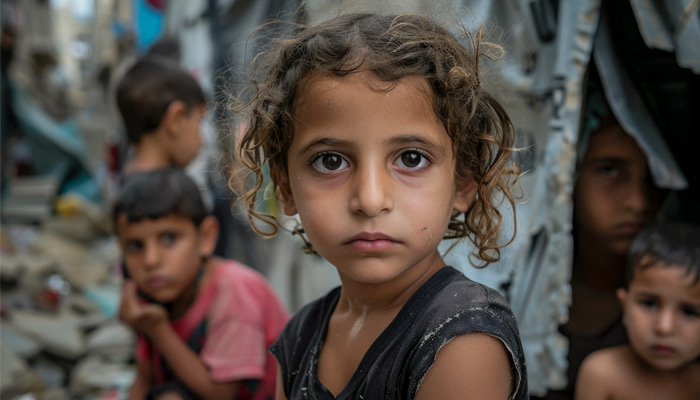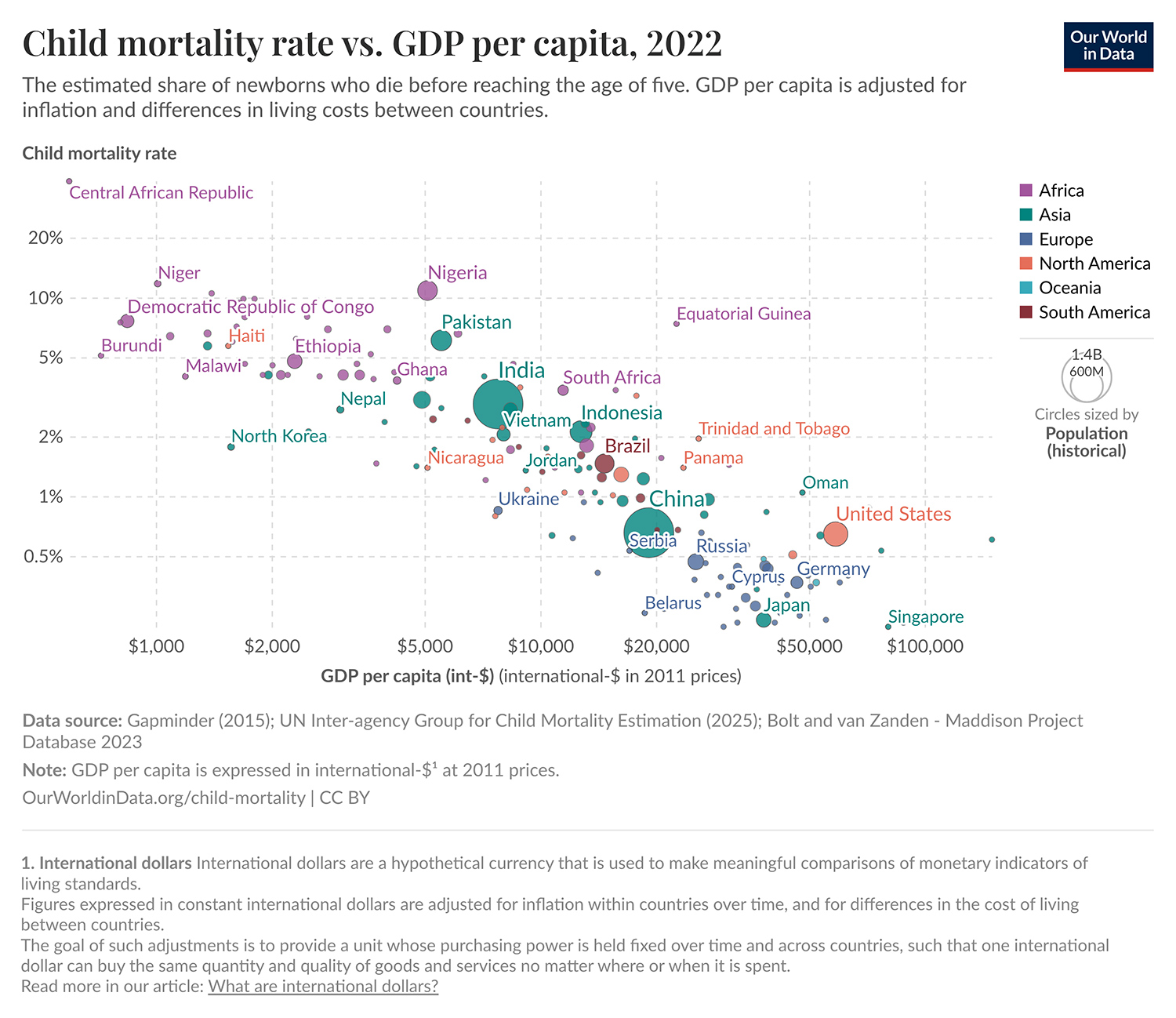
Child Mortality in Decline—Yet the Loss Remains Heartbreaking
A century of progress has dramatically reduced the risk of children dying before age five, but every statistic still marks a lost childhood and a preventable tragedy.
The Child Mortality Rate—measuring deaths among children under five per 100 live births—is not merely a statistic: It’s a reflection of societal health and equity. According to Our World in Data, this long-run indicator combines historical trends from Gapminder with recent estimates from the United Nations Inter-agency Group for Child Mortality Estimation (UN IGME), revealing a stark narrative of transformation over centuries.
From Devastation to Hope, Slowly
A few centuries ago, nearly 50% of young children didn’t survive to age five. Fast forward to 1950, and the global rate had dropped to around 25%. By 2020, it had plummeted to just 4% Our World in Data. This evolution—from one child in two not surviving early years to fewer than one in twenty—marks one of humanity’s greatest public health triumphs.
Uneven Gains Across the Globe
Despite tremendous progress, child mortality remains unevenly distributed. In parts of Africa, South Asia and Latin America, far too many little lives are still lost—while in wealthier regions like Europe, child mortality has reached historically low levels. It underscores that this fight is not over; geography still determines far too much of a child’s fate.
Why It Matters—and What Can Change It
Our World in Data frames child mortality as a proxy for the overall well-being of a society: Access to clean water, nutrition, maternal health, sanitation and quality healthcare all matter deeply.
Yet many of the leading causes—malnutrition, lack of sanitation, infectious diseases, complications during birth—are both understood and preventable with available, cost-effective solutions. Vaccines, safe birthing practices, malaria nets, breastfeeding promotion, clean water and basic antibiotics can—and do—save lives.
The story of child mortality is one of both regret and resilience. Few achievements in human history match the scale of lives saved over the past century.
The data calls us not just to marvel at progress, but to act. Ensuring access to basic healthcare, investing in maternal and child services and tackling inequalities that still place children at risk are all steps that we need to take. Now is the time to bring our knowledge to every corner of the globe—and spare families the heartbreak of preventable loss.






